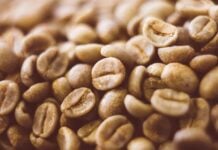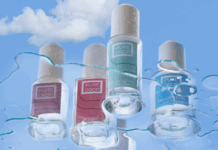At the 25th World Congress of Dermatology (WCD), to be held in Singapore from July 4 to 7, Pierre Fabre's Patient Relations Department will be presenting new results, as part of its Safe "Sunscreen Assessment Family Experience" program, initiated in 2021.
For over 30 years, health authorities have been running prevention campaigns, hammering home the same messages and recommendations to protect against the harmful effects of the sun. However, the first results of the Safe study, published at the beginning of 2022, have shown that behavior in terms of sun prevention is not in line with public health recommendations.
"70% of children were exposed to the sun during the hottest hours of the day, and only 13.1% of adults received adequate sun protection. It is with the aim of better understanding these results that the Safe program, piloted by the Fabre patient relations department for the Avène brand, is continuing this year with a new survey, involving 50,000 people, including 4,000 in France".says Dr. Gautier Doat, Eau Thermale Avène Medical Director.
This latest phase of the program highlights several lessons. If the majority of the population protects itself poorly from the sun, it's mainly because they've forgotten. In addition, almost a quarter of the population uses no sun protection at all. In addition, the prevention of skin cancer is not often cited as a reason for sun protection; sunburn and skin ageing are the most frequently cited arguments. Women seem to protect themselves better than men, and few people with phototypes IV to VI use regular sun protection. There are also disparities between age groups; depending on the generation, the reasons for photoprotection are very different.
A survey conducted on social networks, in partnership with start-up Kap Code, sheds further light on the analysis of these sun protection behaviors.
In particular, she highlighted three strong convictions justifying the misuse of sunscreen products: there's no need to protect yourself from the sun when your skin is already tanned; there's no point in applying sunscreen when the sun is weak; and there's no point in applying sunscreen when swimming.
"To make prevention campaigns more impactful and effective, they need to be adapted because they are too far removed from consumers' concerns, so that everyone feels understood and therefore concerned. The role of health professionals is important in this respect, particularly that of the pharmacist, from whom the majority of suncare products are purchased (nearly 60% of children's suncare products in pharmacies and parapharmacies), to provide consumers with personalized advice and respond to their concerns".concludes Catherine Baissac, Doctor of Pharmacy, Head of Patient and Consumer Relations at Pierre Fabre Dermo-Cosmetics & Personal Care.
The 2nd Safe study was carried out in 20 countries, with almost 50,000 people surveyed. The aim was to find out whether people were aware of the recommendations, why they followed them and why they didn't, according to age, gender, ethnic group and geographical area.
The Kap Code study is a study of sun protection behavior based on an analysis of health-related social networks. The results of this study are based on data retrieved from social networks over 6 years (from 2017 to 2022) via keywords relating to photoprotection and sun exposure behavior.








